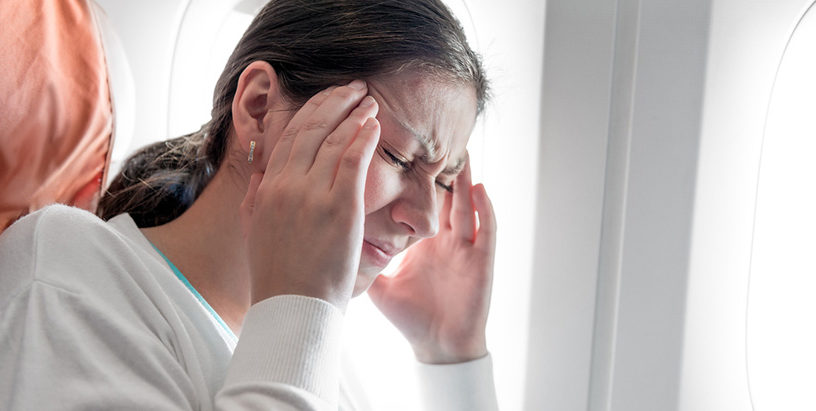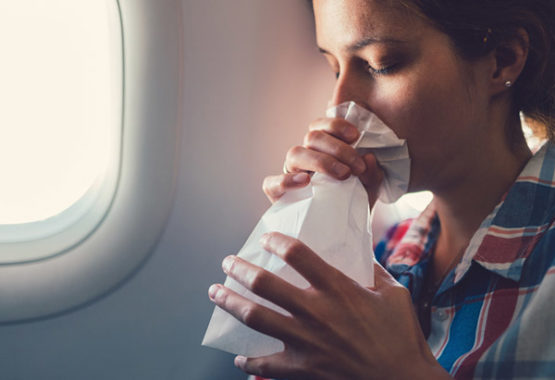What is Pressure Trauma?
Pressure trauma, as the name implies, is the discomfort caused by the inability to compensate external pressure changes by the middle ear and sinuses. It can be felt especially when taking off and landing when traveling by plane. Due to the nature of the ear, it is more likely to be felt during landing moments. If the pressure equalization in the middle ear is impaired by trauma, this can lead to perforation of the eardrum.
Causes Pressure Trauma in Aircraft?
Due to pressure changes at the time of landing, the eardrum flexes inward, causing pain that spreads from the ear to the head. At the moment of takeoff, the air in the ear ejects and the pressure change can be equalized, while the air must be pumped to the ear at the time of landing.
Pressure trauma in aircraft; is more common in people with otolaryngological diseases such as flu, influenza and sinusitis. In some cases the severity of pain is very high; but you can minimize the risk of pressure trauma by taking small precautions before and during your flight.
Measures to be taken against pressure trauma in aircraft
You can drink water and chew gum to compensate for the pressure change in your ears during pressure trauma on the plane. Actions such as drinking water and chewing gum will move the jaw muscles and open the eustachian tube to help balance the pressure in the ear.
Those with upper respiratory tract infections may consider using sea water or intranasal spray, which is good for nasal congestion before boarding. Disease of the upper respiratory tract infection frequently causes pressure trauma in air travel.
Those who feel pressure trauma in their ears can try the valsalva maneuver during landing. Valsalva maneuver is called to send air to the ears by closing the nostrils and taking deep breaths. It is a movement that should not be done unconsciously and when the pain begins, but only before the landing.
It is recommended that you do not travel on an airplane if you have an ear condition.
Pressure Trauma in Airplane Children
It is recommended that children under 2 years of age should not be put on the plane in case of ear infection. Breastfeeding or bottle feeding can be carried out after the descent announcement is made in the aircraft. The bottle-fed child’s upright position will help to open the Eustachian tube. Older children are recommended to chew gum and drink water.






